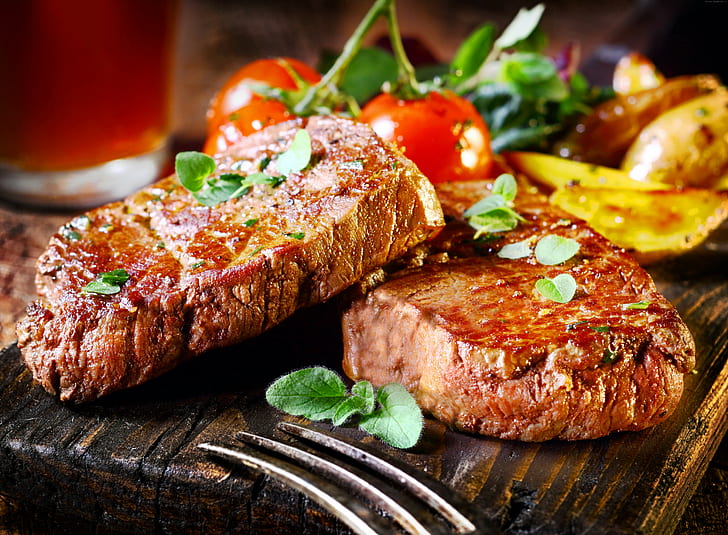



Article by: Hari Yellina
The latest beef export data reflect the mountain of issues that have afflicted Australia’s meat processing market this year, with overall shipments nearing all-time February lows. The Omicron wave in January, which stranded a large number of meatworkers at home, followed by disastrous floods in Queensland and northern NSW, has compounded the severe cattle shortage, with only 59,512 tonnes shipping weight exported in February. At a time when worldwide demand for beef and the prices that overseas clients are ready to pay are quite robust, this is more than 25% below the five-year average.
In February, all four of Australia’s top consumers took much less than usual. According to Thomas Elders Markets, China has reclaimed the second top destination for market share for the current season, although only by a fraction of a percentage point. Since the start of 2022, Japan has retained its top spot, accounting for 26.4 percent of overall beef export flows from Australia. The persistent impact of the floods, which have halted processing at some factories for more than a week, will be felt much more in March numbers, and major projections for overall volumes for this fiscal year are expected to be revised.
When the floods began to wreak havoc, the Australian Bureau of Agricultural and Resource Economics and Sciences had only recently released its projections. They predicted that beef exports will rise 11% this fiscal year and stay at that level ($9.1 billion) for the following fiscal year. The fundamental premise of those estimates – that increased beef output will result in bigger export volumes with lowering cattle prices, making Australian beef more competitive – remains true, according to analysts, but the immediate calamities have pushed things back. World beef prices are expected to continue strong through 2026/27, according to ABARES livestock specialist Jonathan Wong.
He predicted that worldwide beef demand will grow faster than supply, putting upward pressure on prices. The sustained strength in consumer demand, along with tight supply, was keeping global prices high, according to Rabobank, but headwinds were beginning to loom. Labour, freight, feed, and energy costs are among the major input cost increases already coming into the supply chain, according to senior analyst Angus Gidley-Baird of Rabobank’s latest Global Beef Quarterly. That would put consumers’ willingness to spend top price for beef to the test, he said.
According to Rabobank data, beef retail prices in the United States were 23 percent higher than the five-year average in the fourth quarter of 2021, while they were 24 percent higher in China. Lockdowns pushed increased at-home beef consumption, additional discretionary cash from stimulus packages, and constraints on the availability of alternative proteins all contributed to the increase. Mr. Gidley-Baird stated that retail beef price rises had been among the biggest in history in many circumstances. However, because some of the cost increases are likely to be permanent, they will have to be ‘accommodated’ and passed on to consumers, according to Mr Gidley-Baird.
The great uncertainty is how much more people will spend for beef. Analysts and business insiders have been astonished by the extent to which they have been absorbed thus far, but many are now claiming that there are signs of serious pushback.